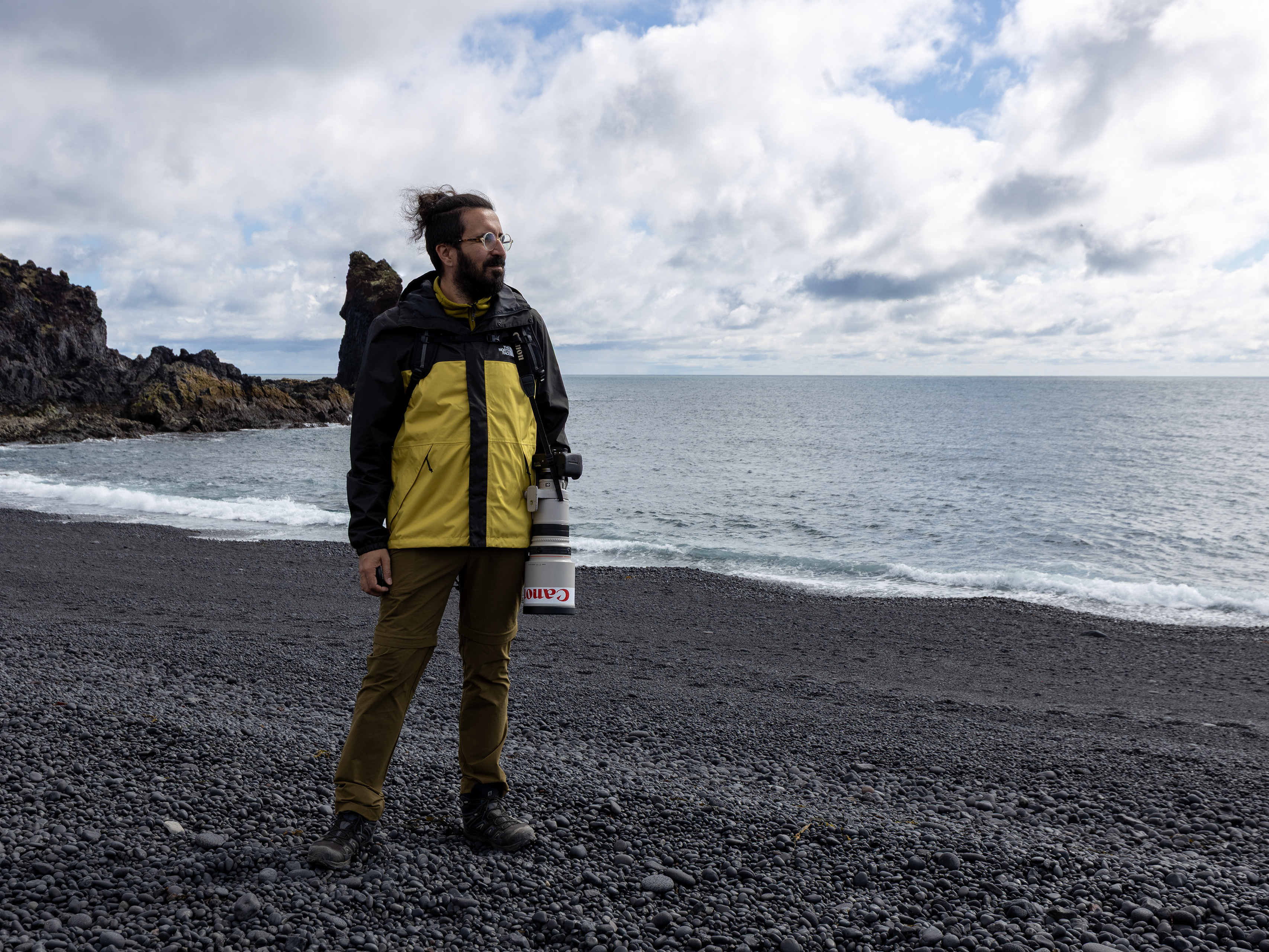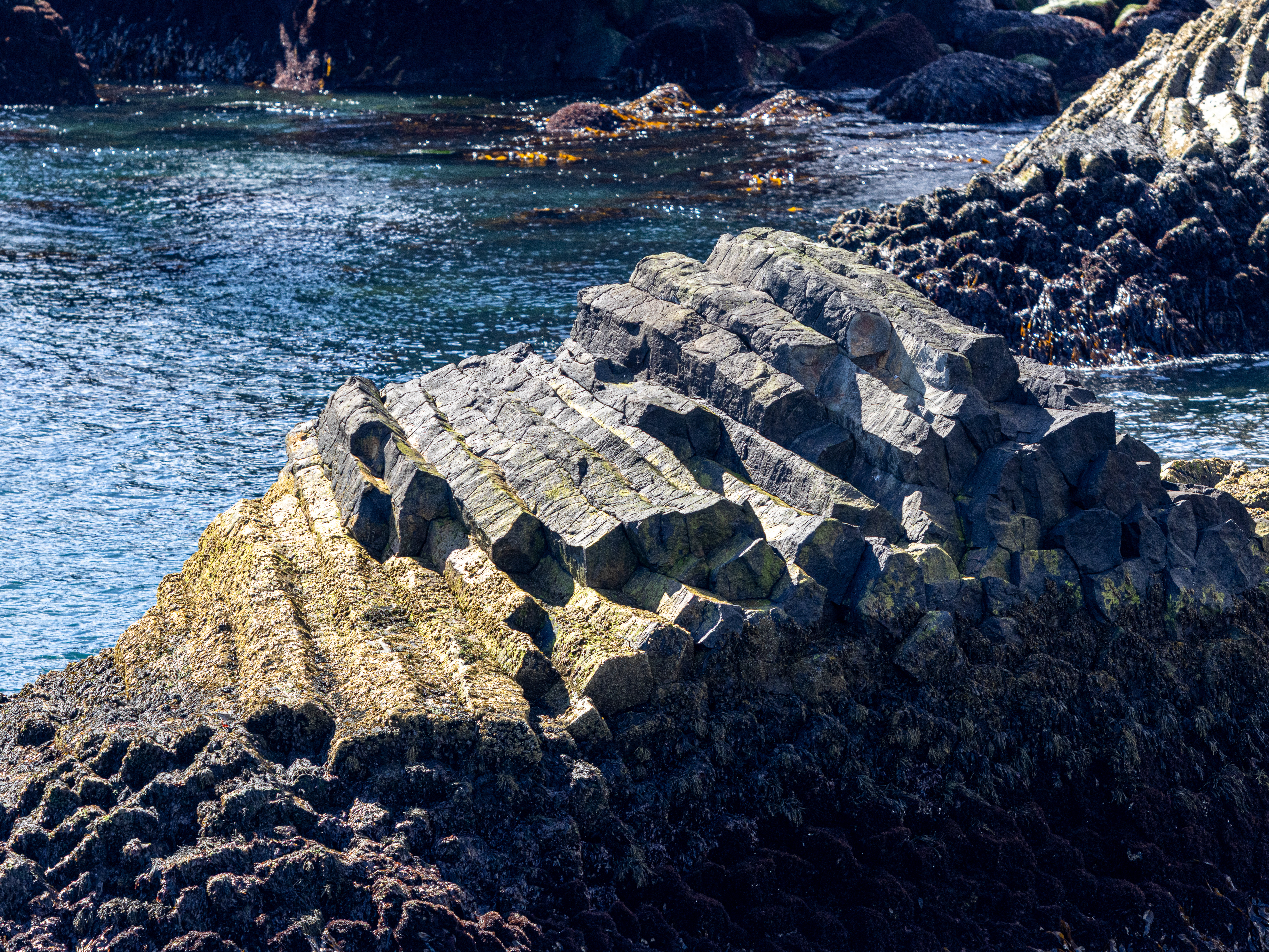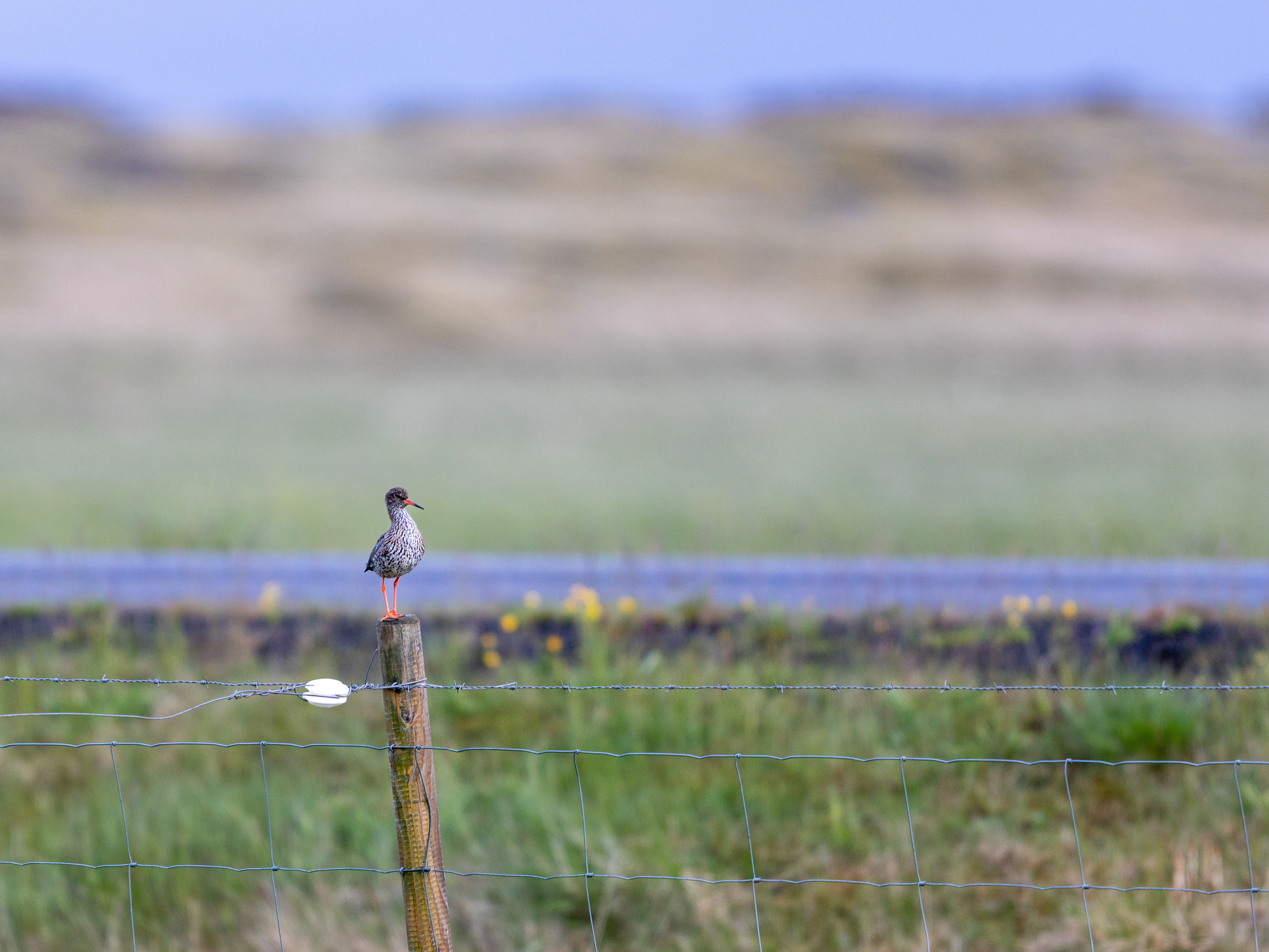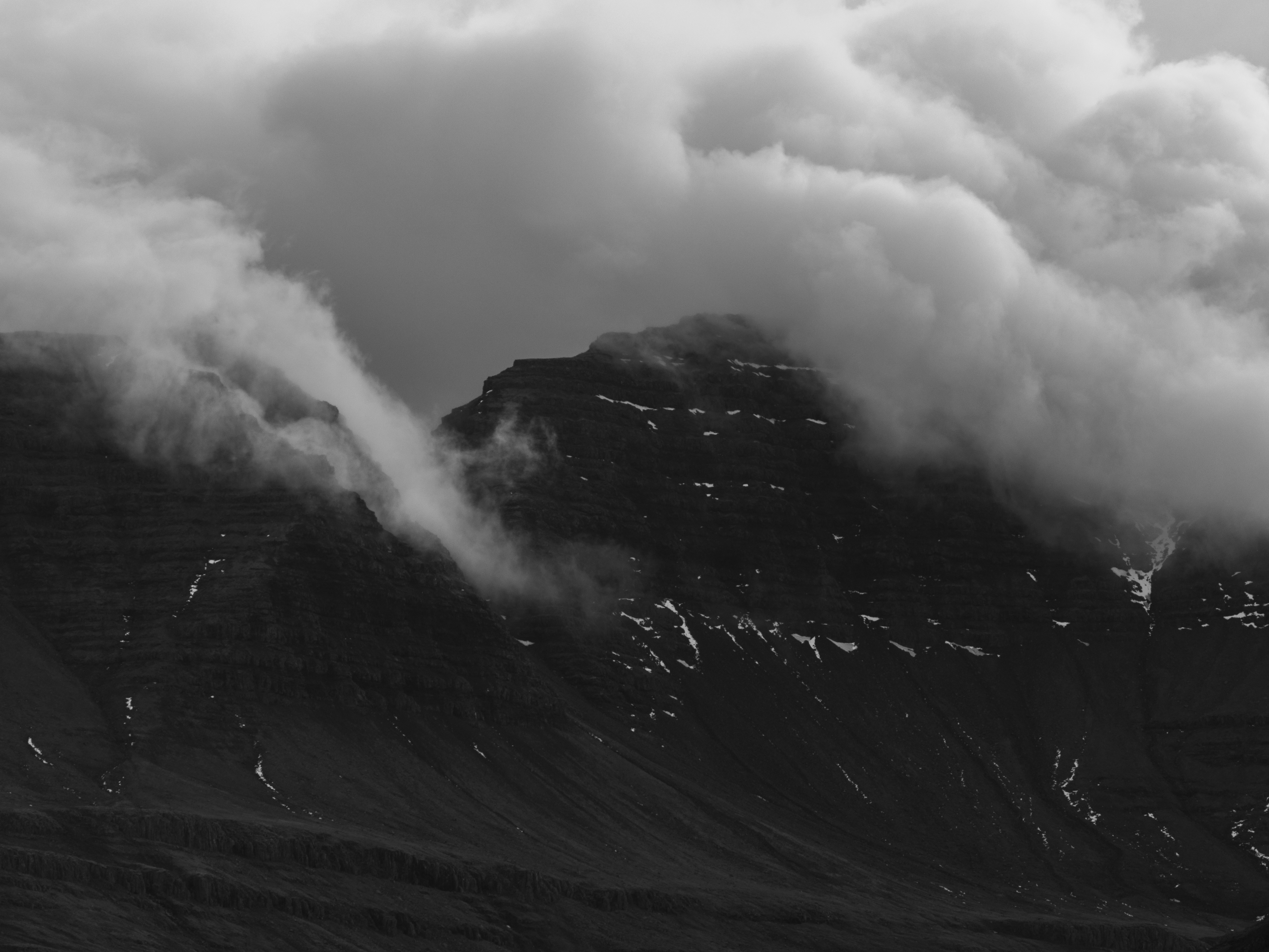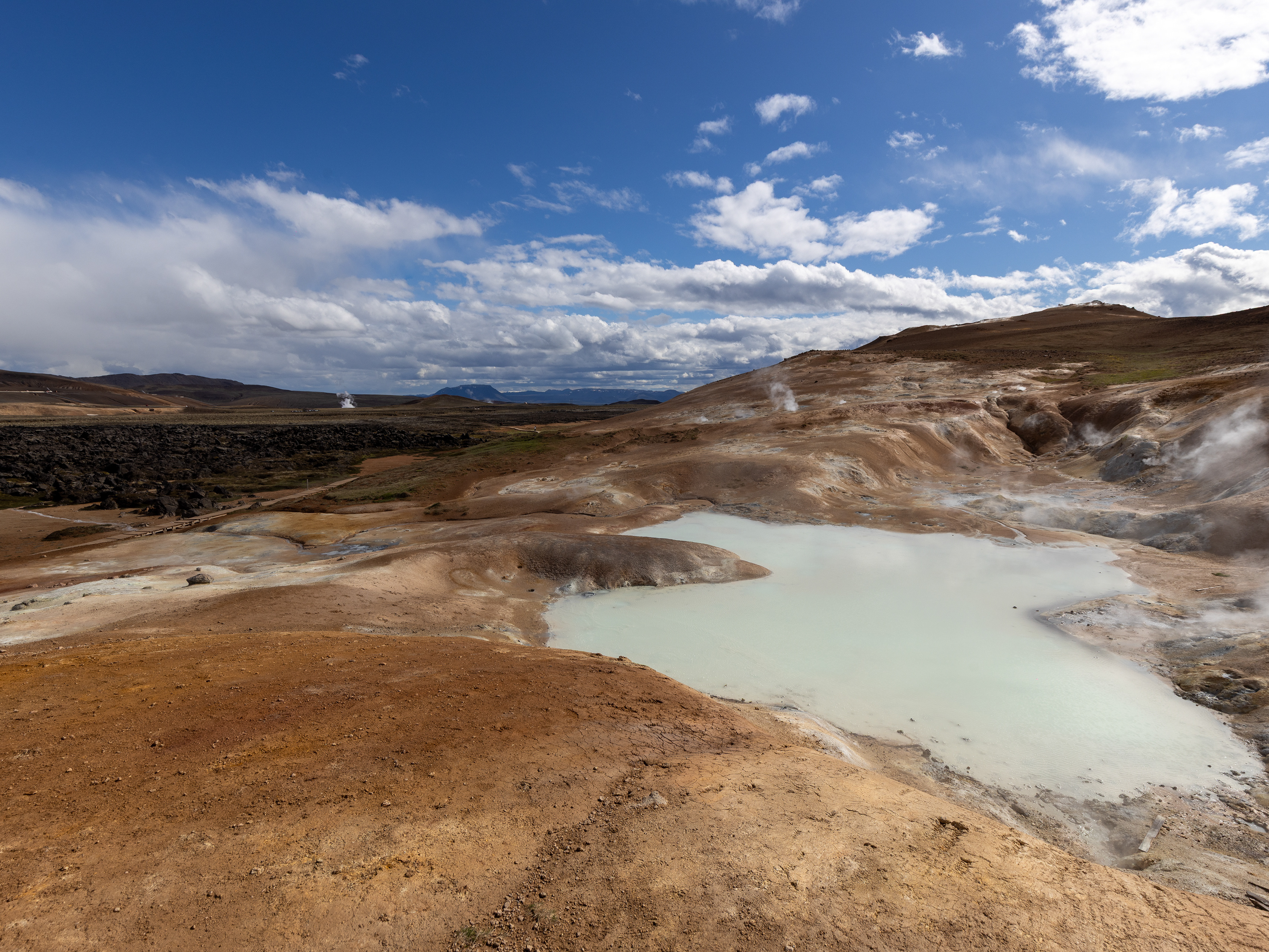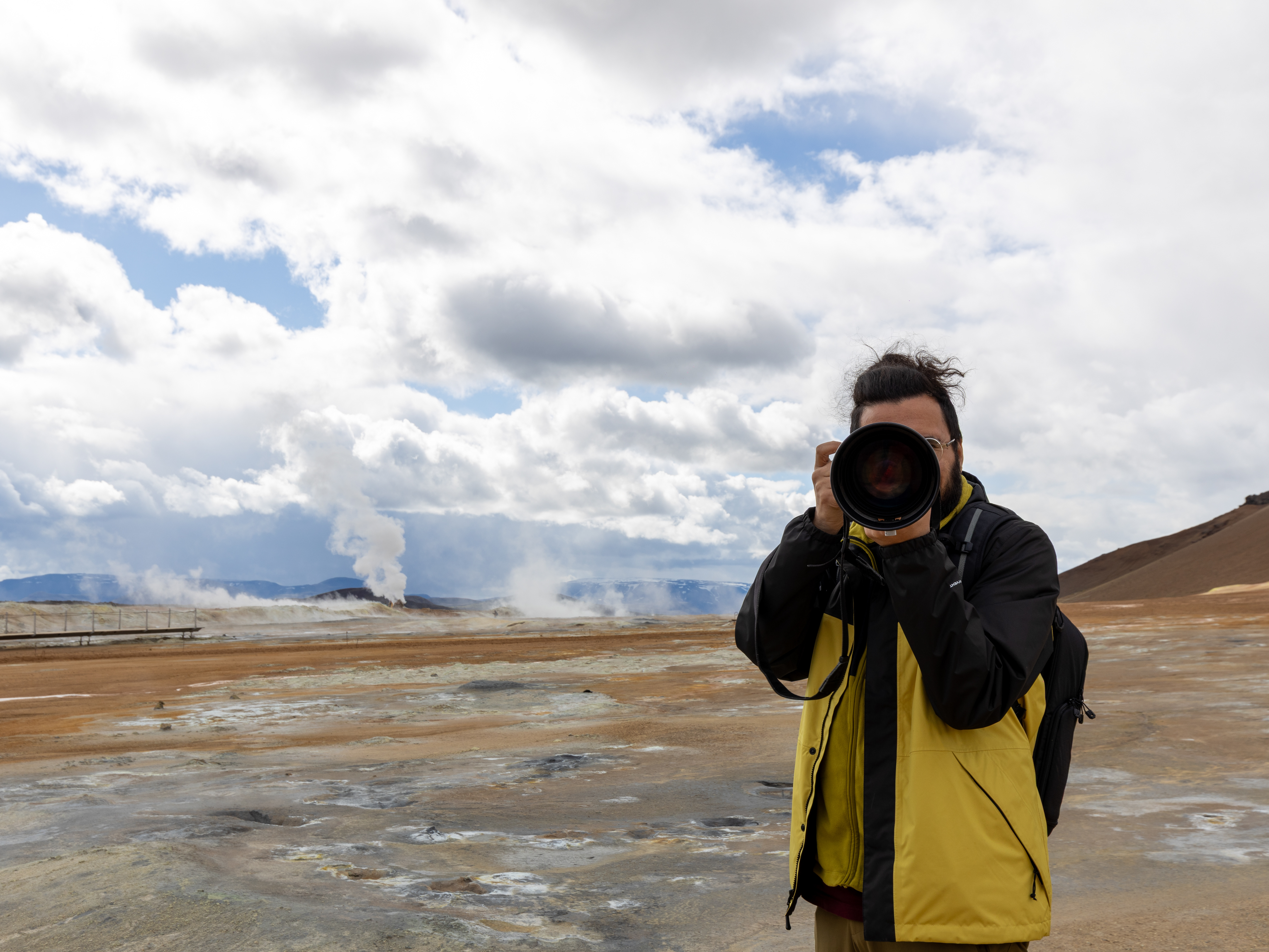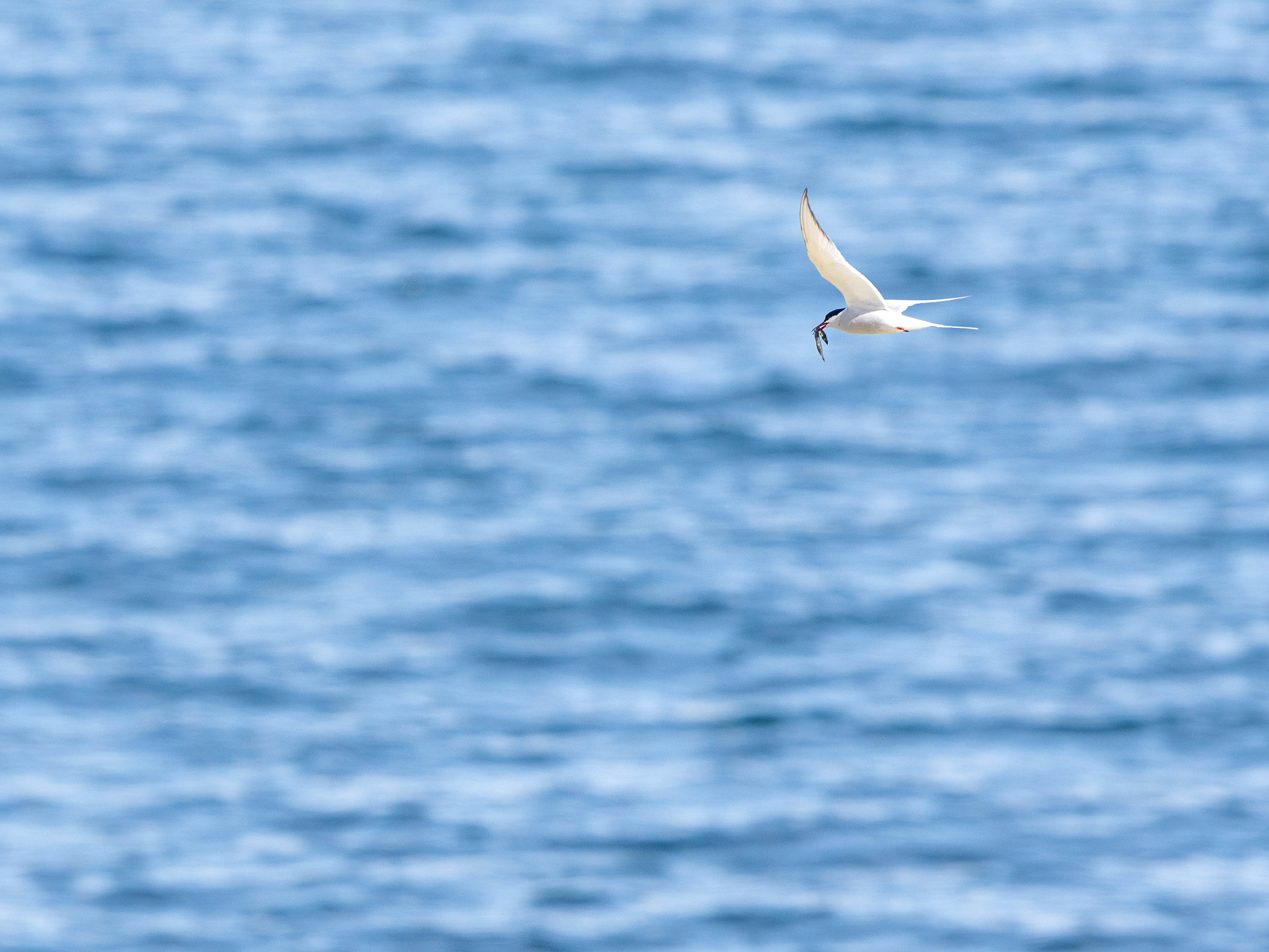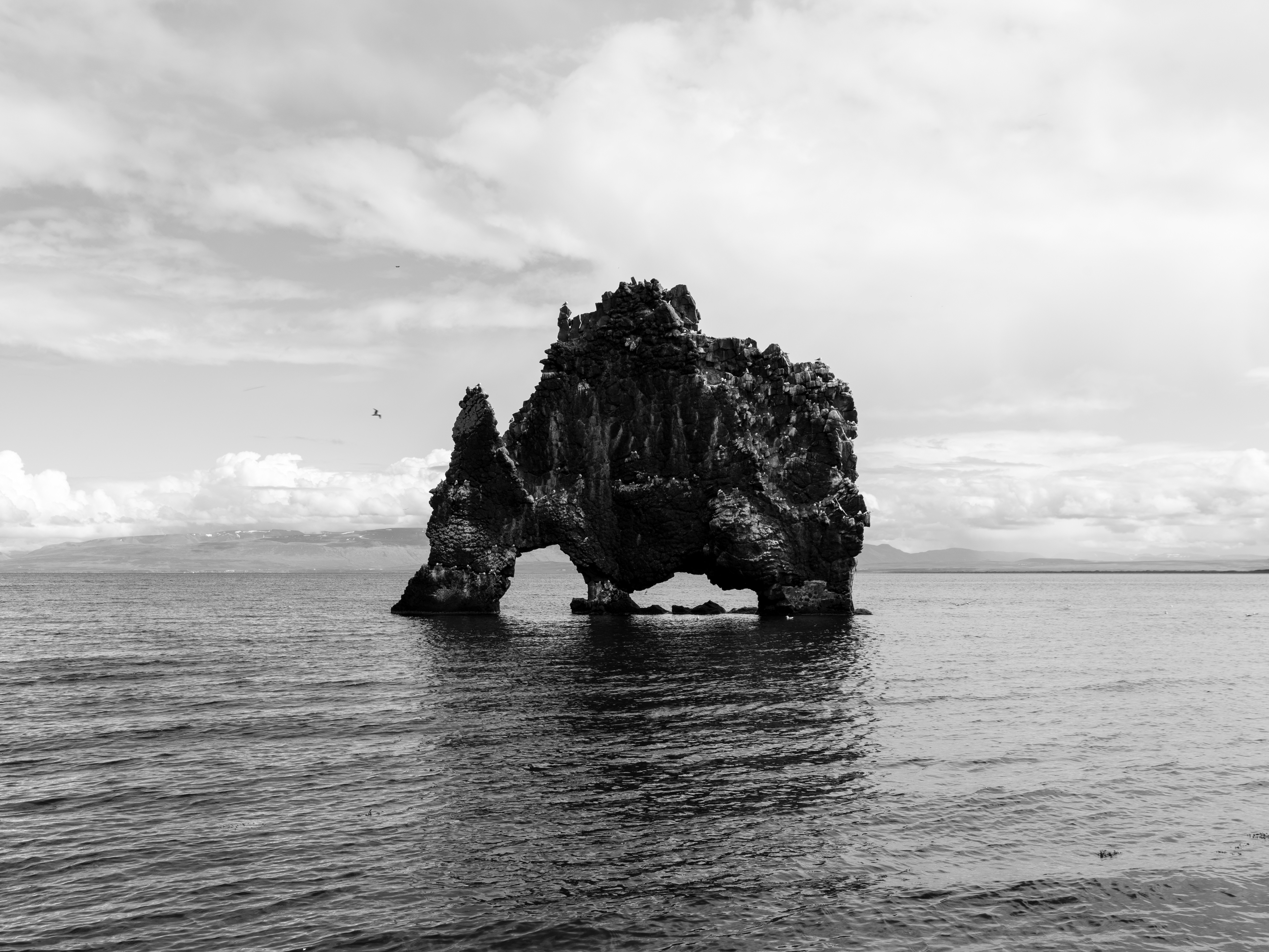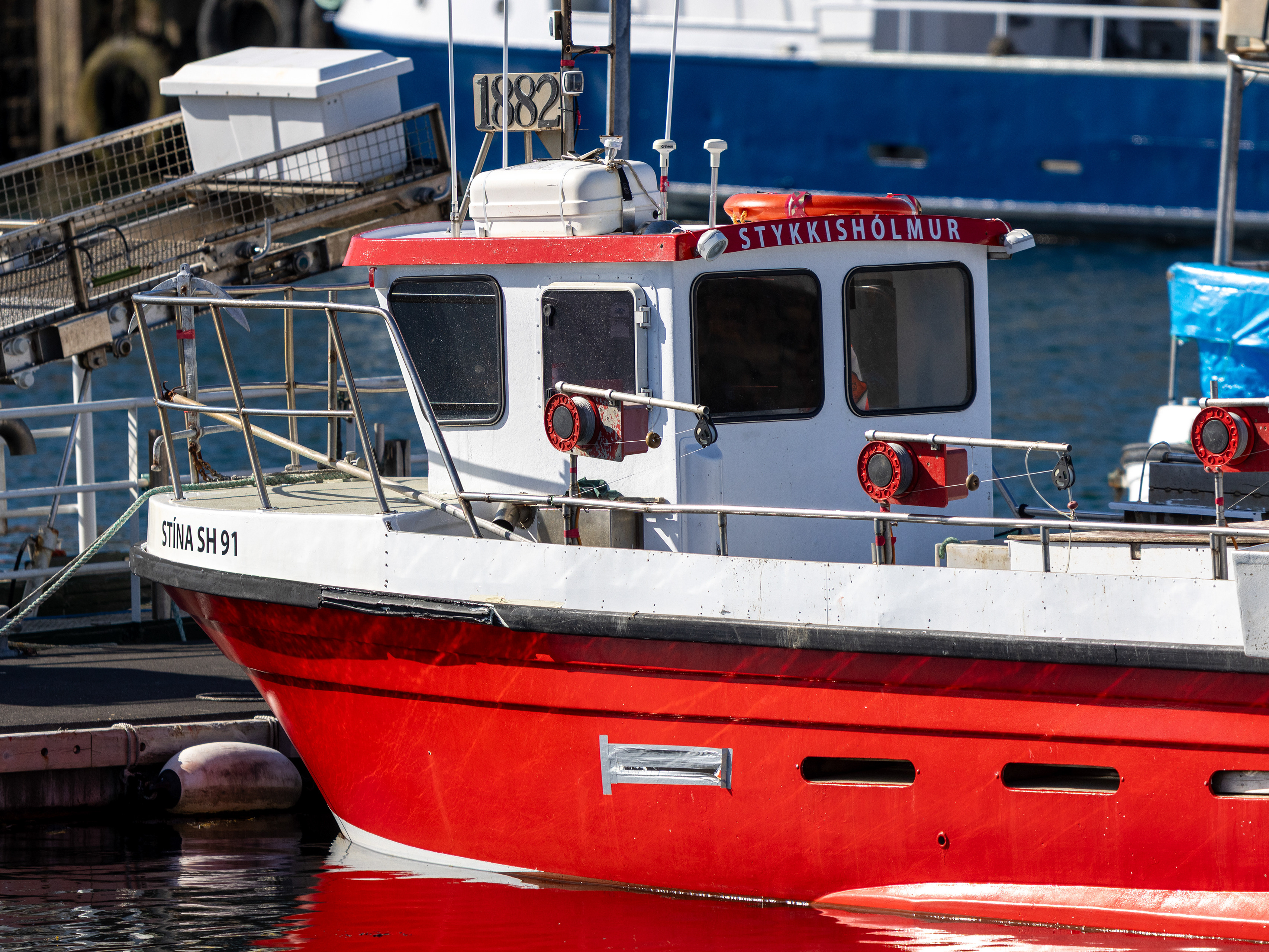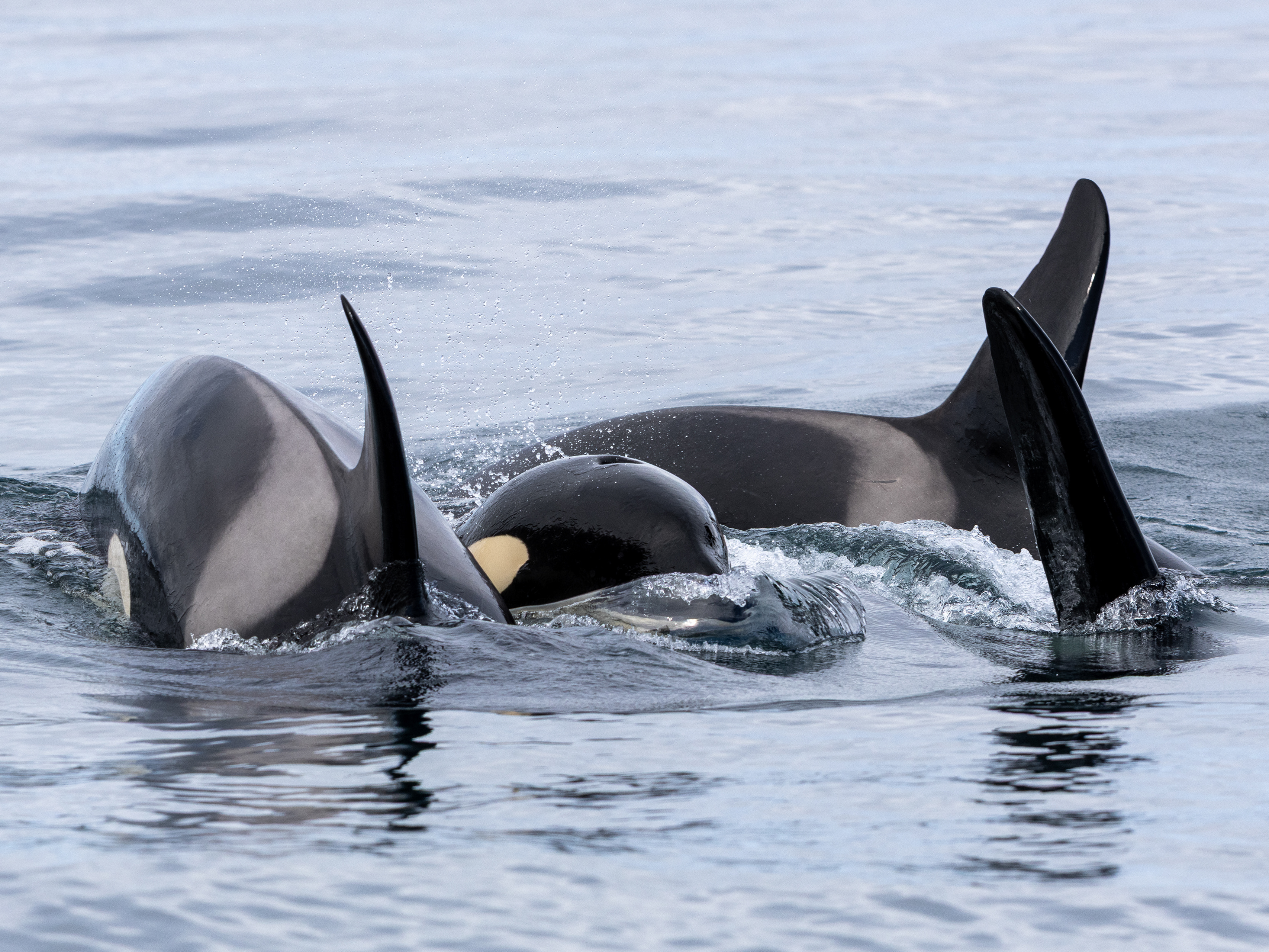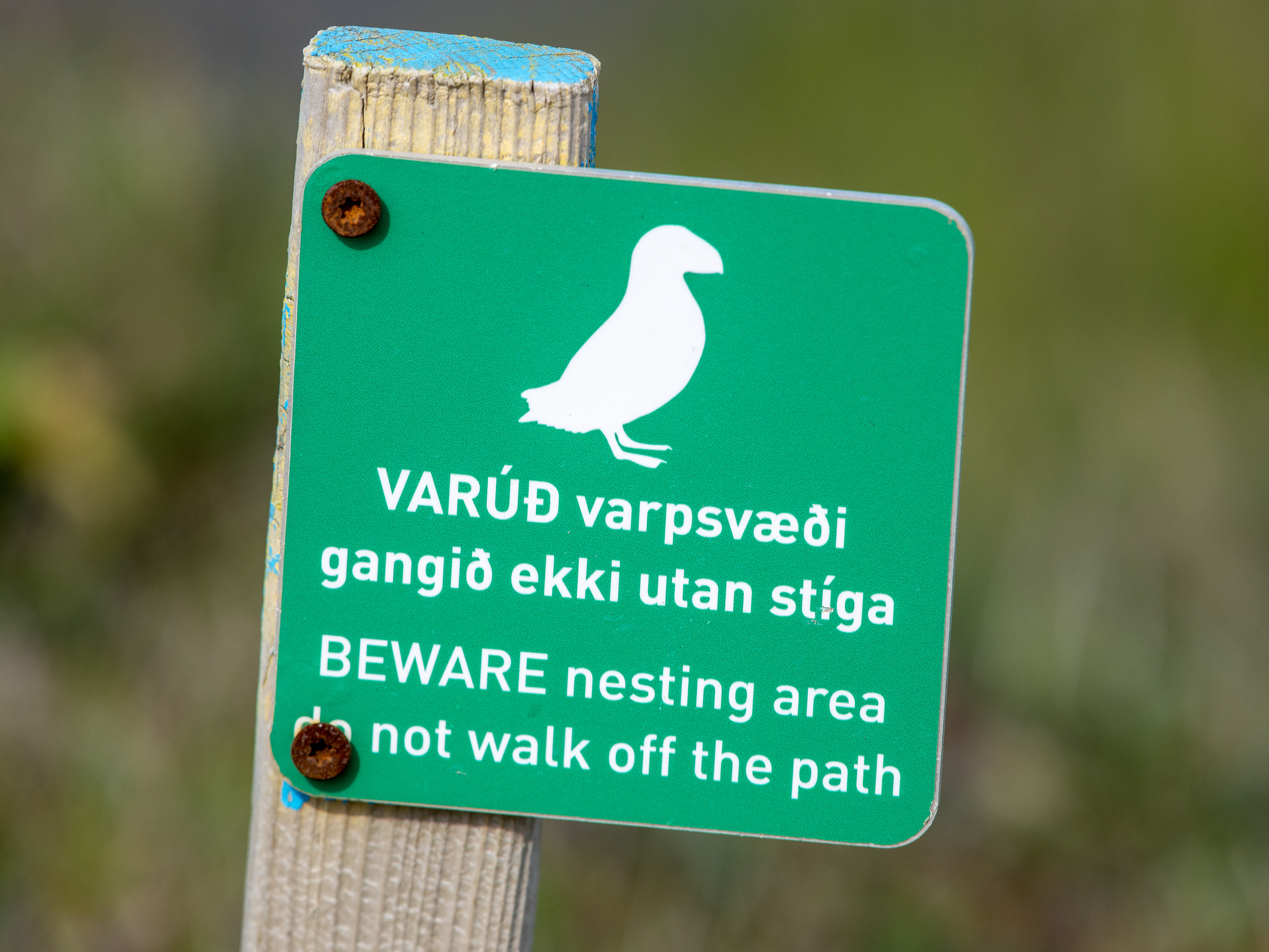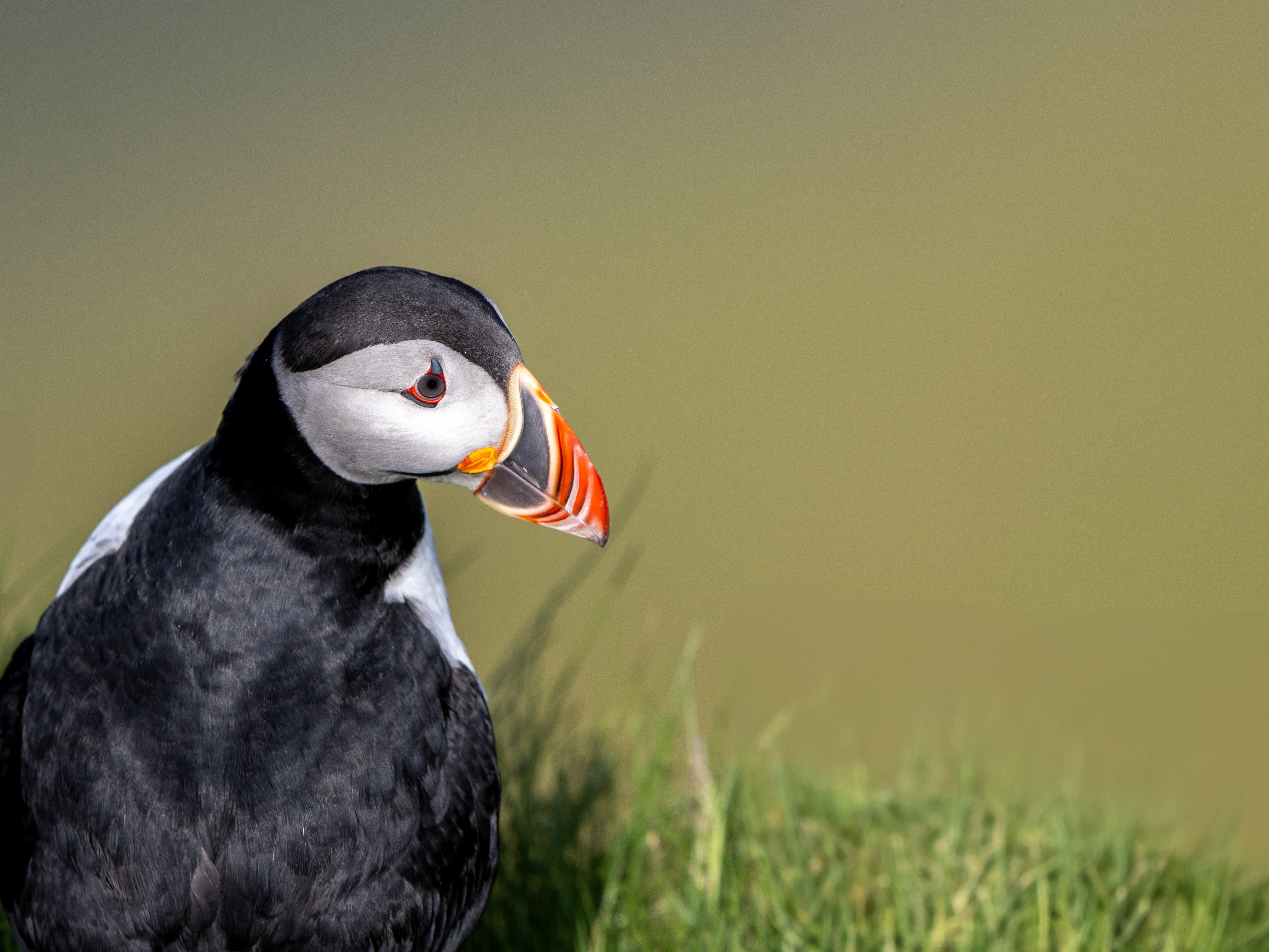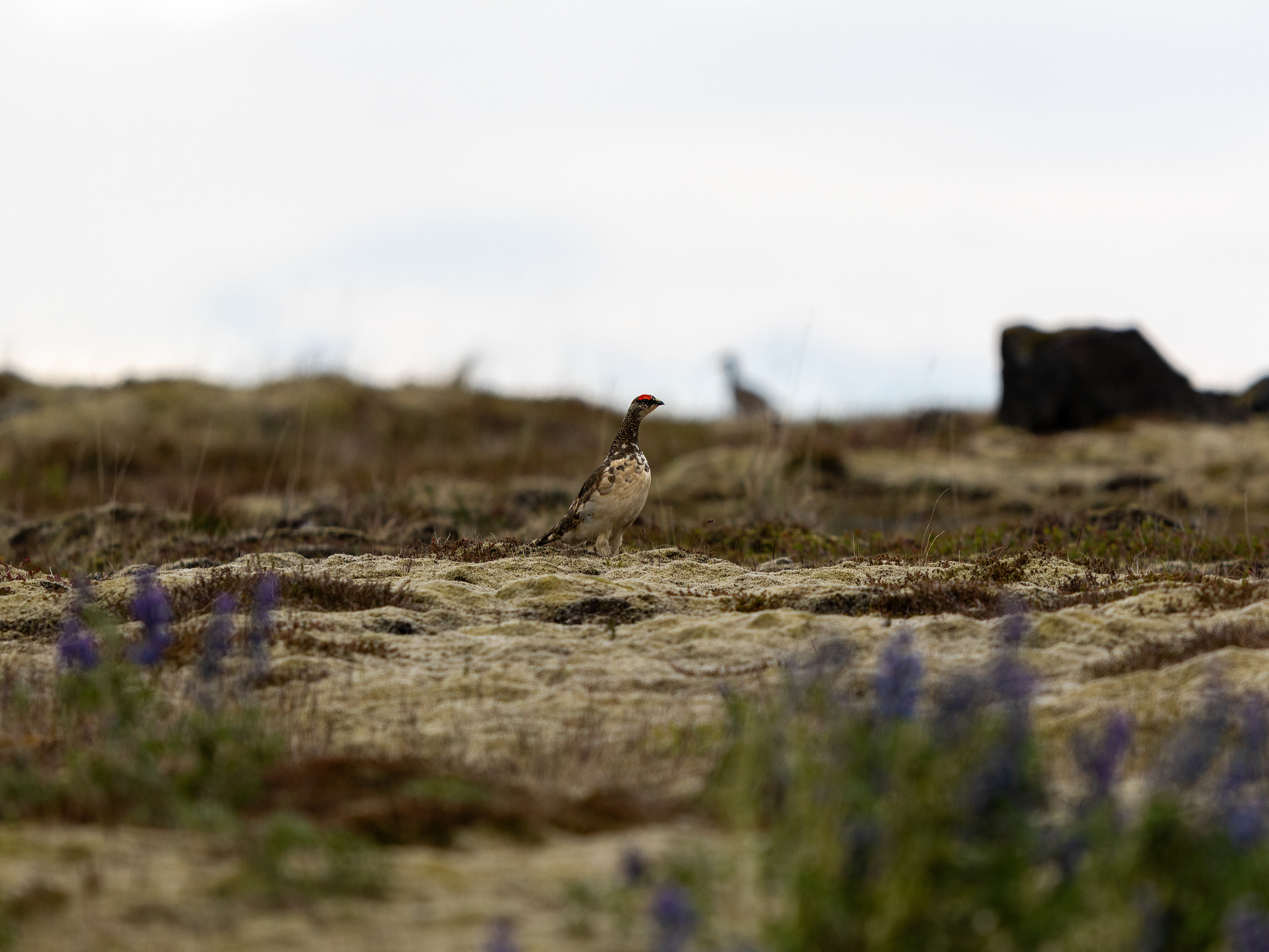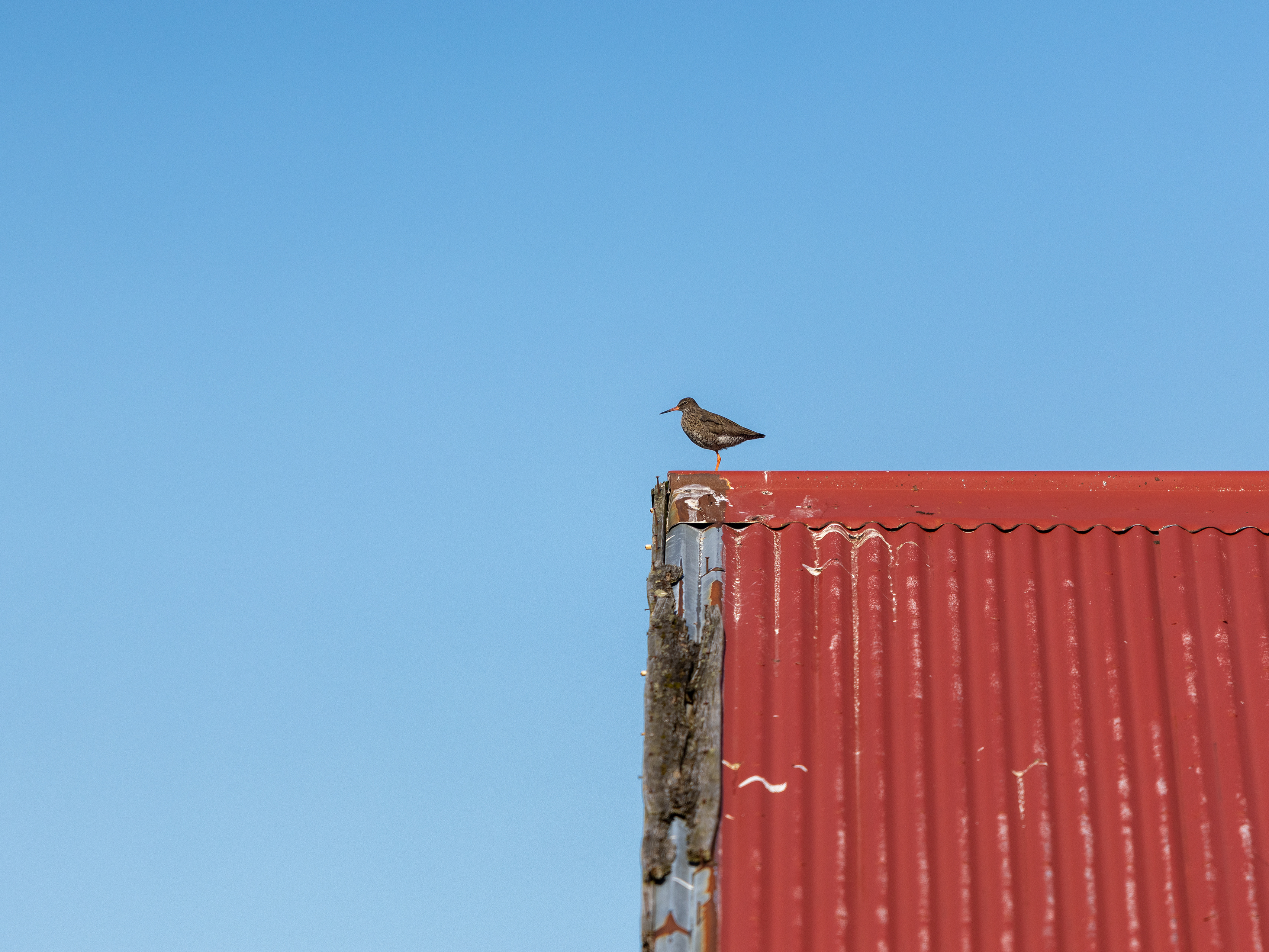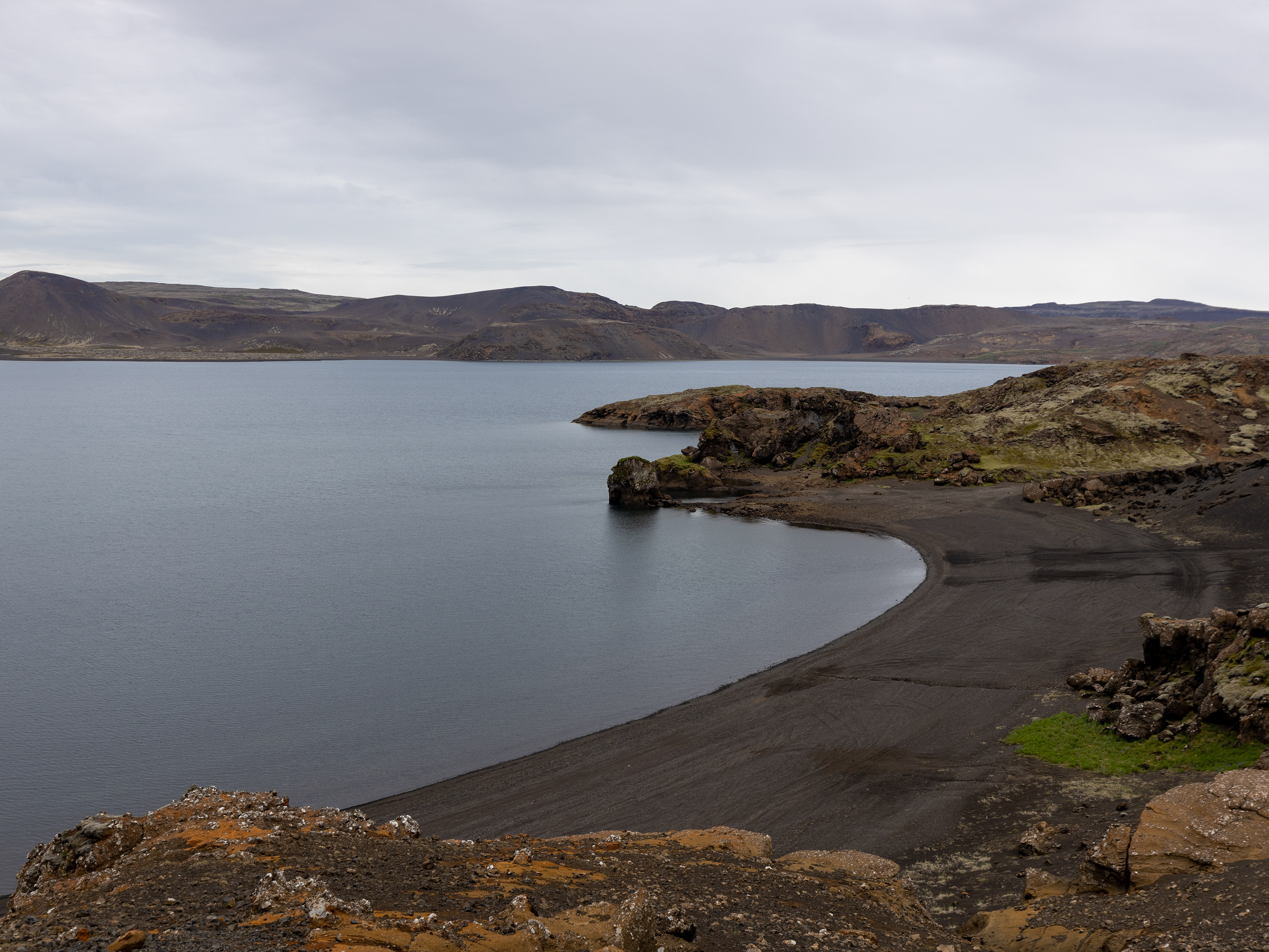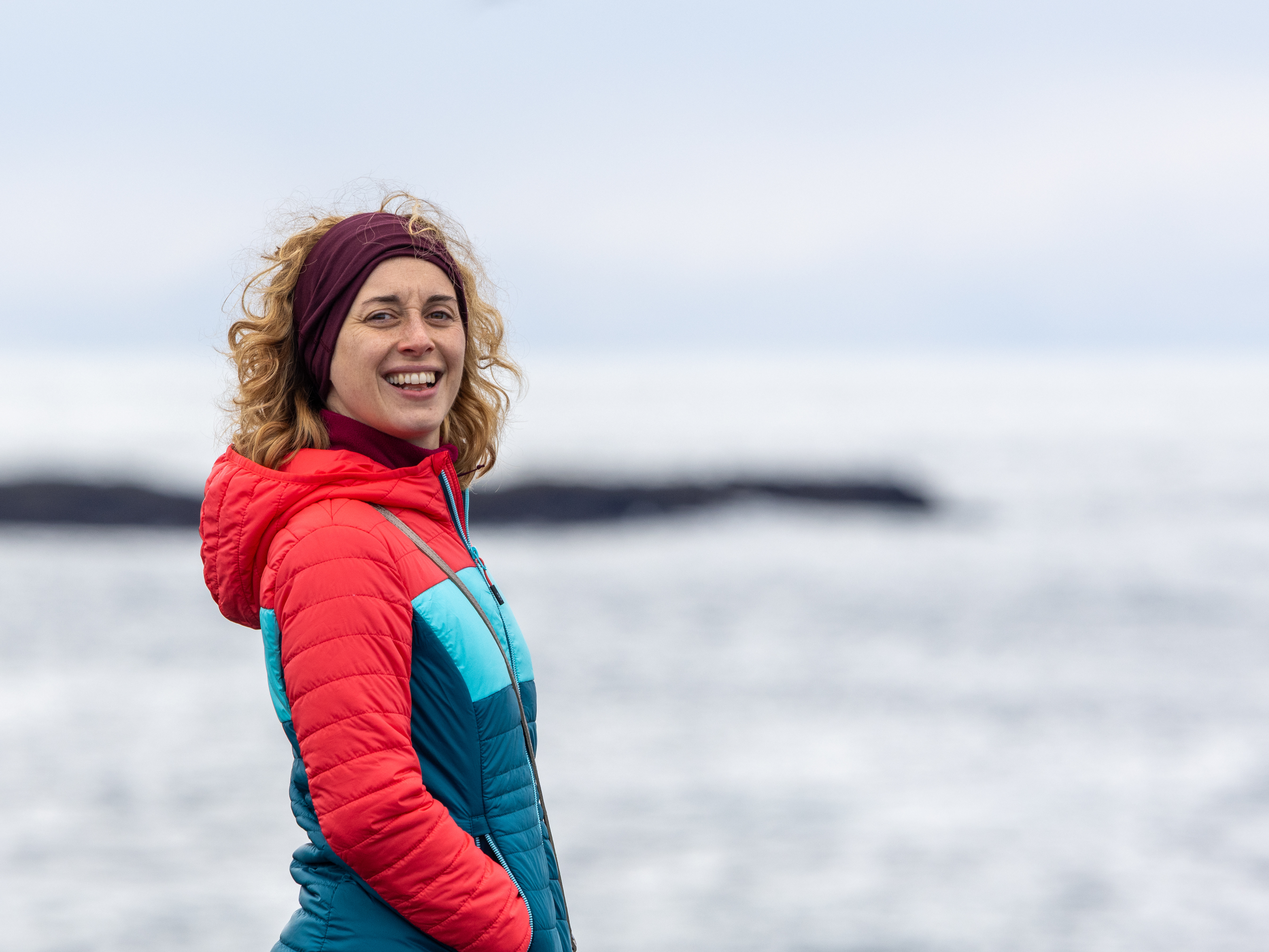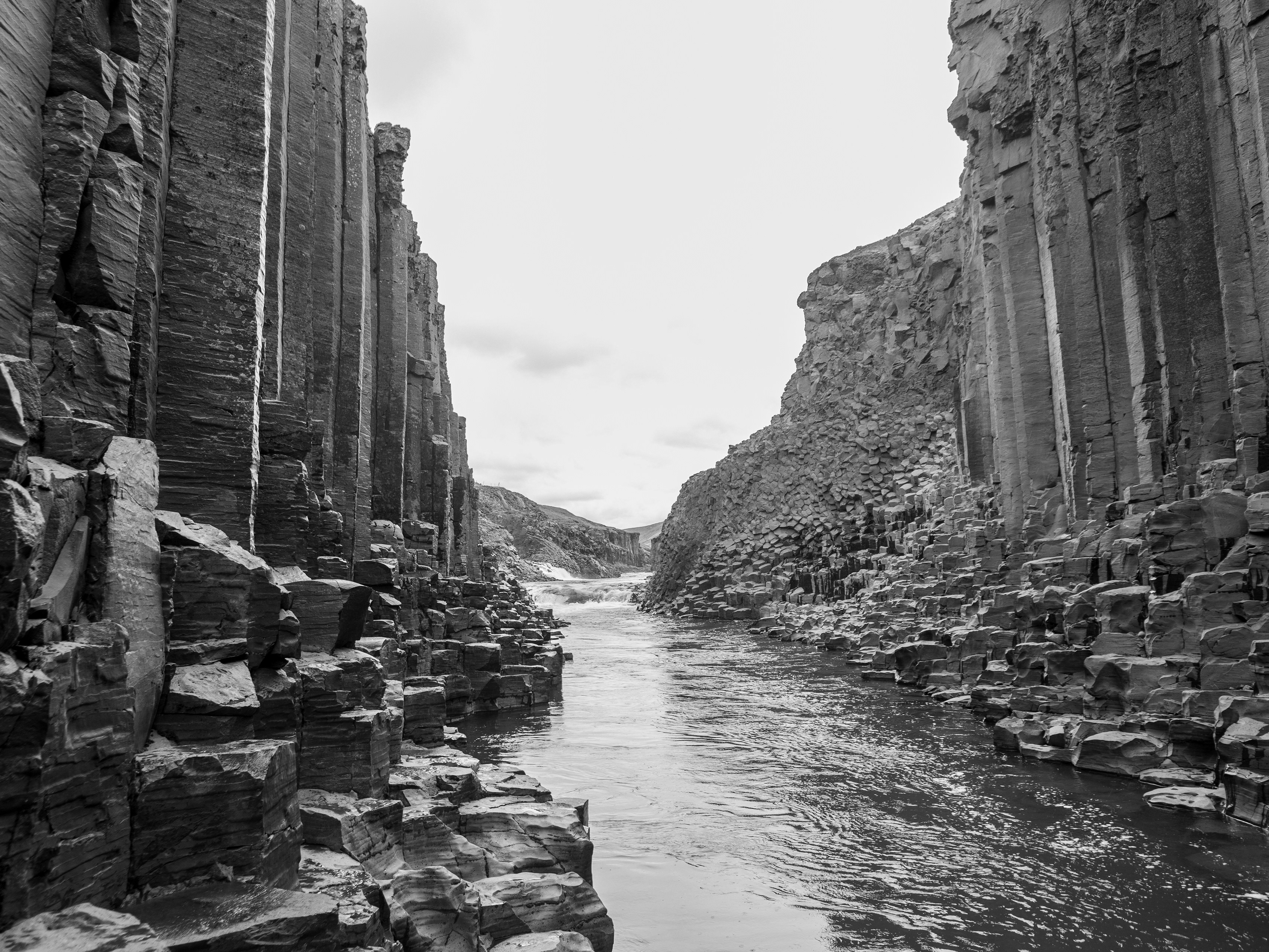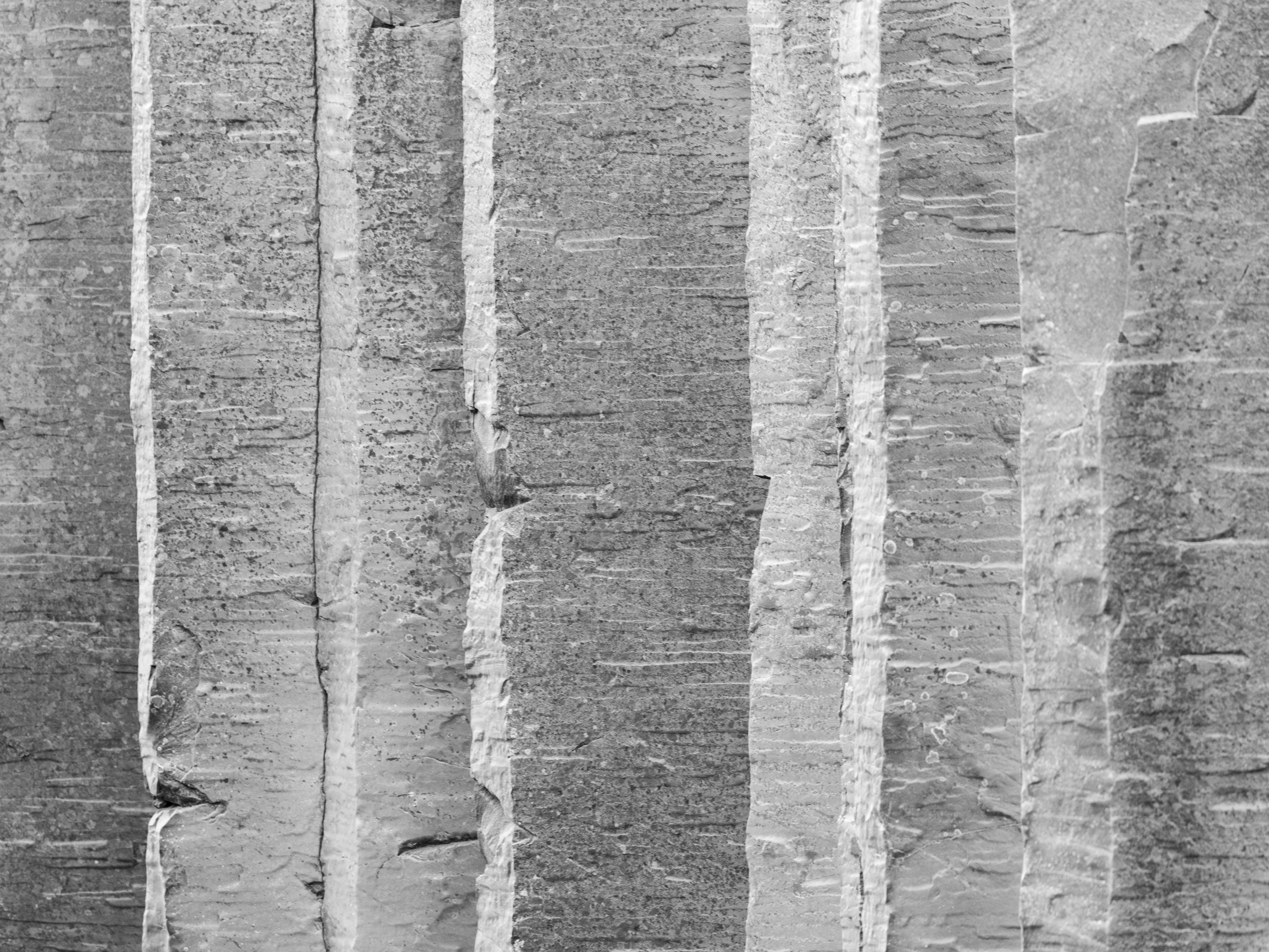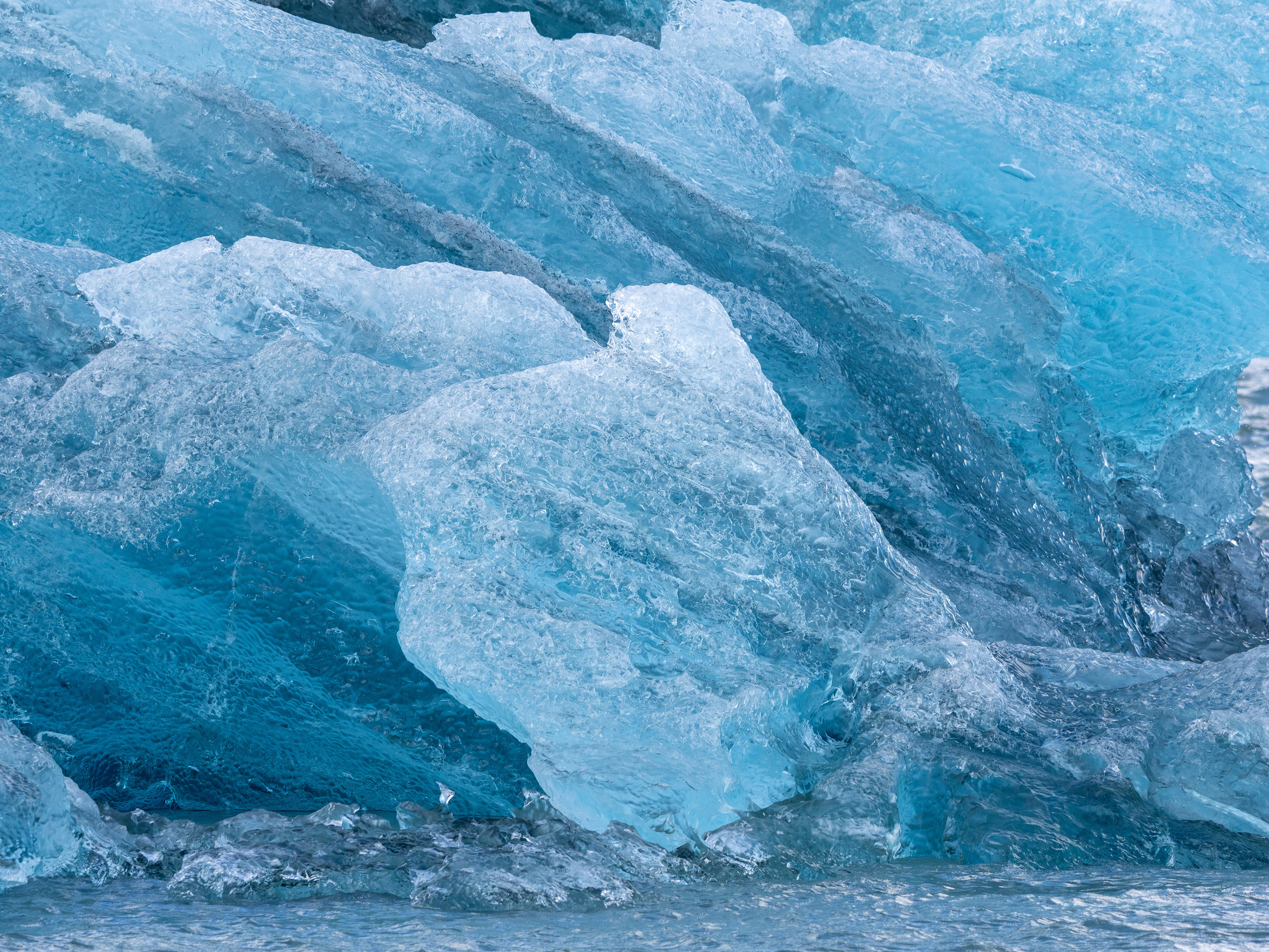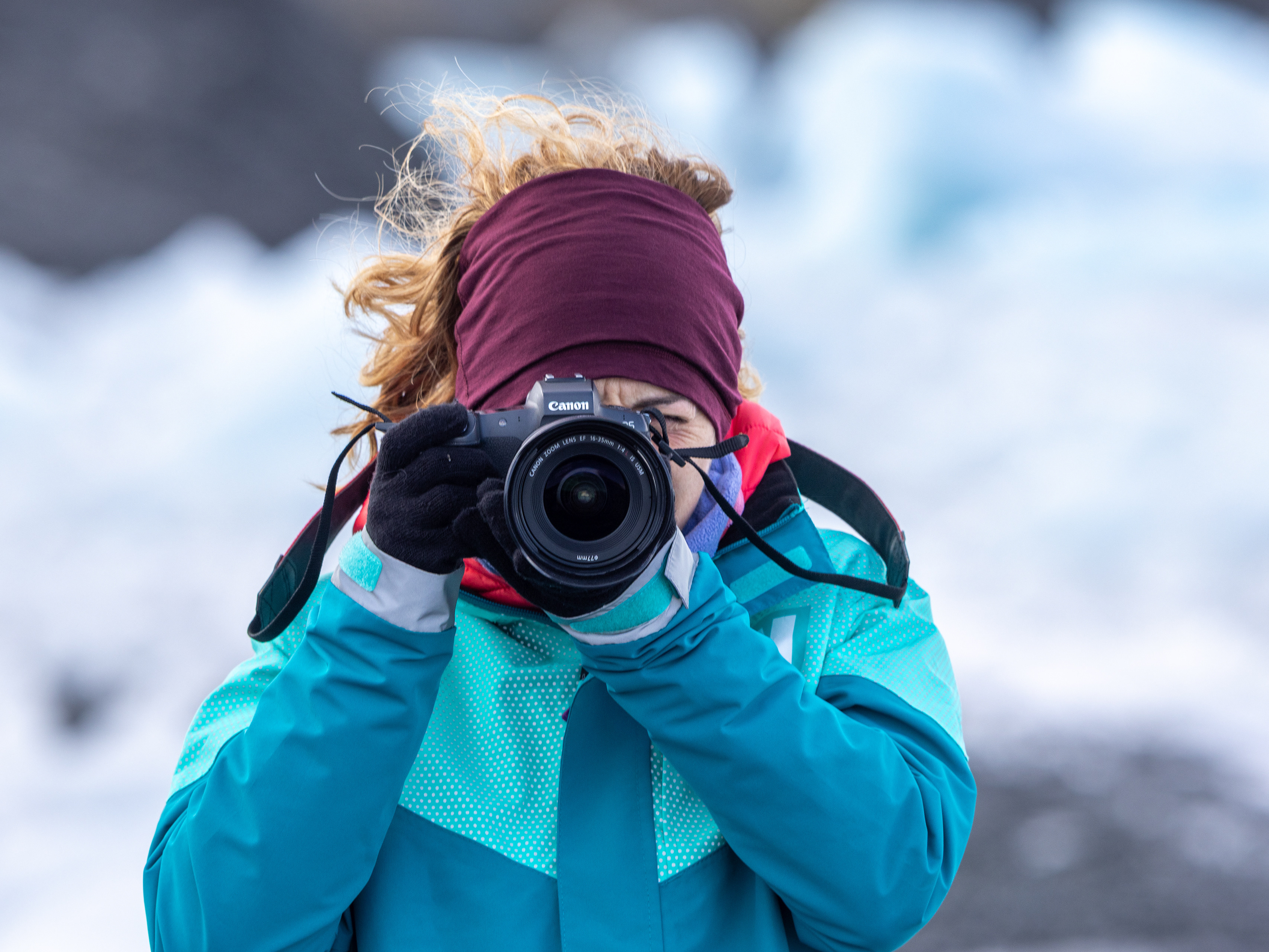Oie cendrée (Anser anser) – Islande
En pleine séance de toilettage, cette oie cendrée montre l’intérieur redoutable de son bec. Espèce très répandue en Islande, elle affectionne les zones humides et les prairies ouvertes, où elle niche au sol et vit en groupes souvent bruyants.
📷 Canon EOS R7 + EF 300mm f/2.8 L IS USM
Greylag goose (Anser anser) – Iceland
Mid-preen, this greylag goose reveals the serrated interior of its powerful bill. One of the most common geese in Iceland, it thrives in wetlands and open fields, nesting on the ground and often gathering in noisy flocks.
Grive mauvis (Turdus iliacus) – Islande
Cette grive mauvis, facilement reconnaissable à son sourcil clair, vient de capturer plusieurs vers de terre, probablement destiné à un jeune au nid. Nicheuse estivale commune en Islande, elle fréquente les landes humides et les zones arbustives à l’abri du vent.
📷 Canon EOS R7 + EF 300mm f/2.8 L IS USM
Redwing (Turdus iliacus) – Iceland
This redwing, easily identified by its pale eyebrow stripe, has just caught earthworms—likely to feed a chick nearby. A common summer breeder in Iceland, it inhabits sheltered moorlands and scrubby areas during the nesting season.
Grive mauvis (Turdus iliacus) – Islande
Postée sur un piquet métallique, cette grive mauvis tient fièrement un ver de terre capturé dans l’herbe humide. Son flanc rougeâtre éclatant et son sourcil clair en font l’un des oiseaux les plus facilement reconnaissables parmi les nicheurs estivaux islandais.
📷 Canon EOS R7 + EF 300mm f/2.8 L IS USM
Redwing (Turdus iliacus) – Iceland
Perched on a metal post, this redwing proudly clutches an earthworm freshly caught from the damp grass. With its striking reddish flank and pale eyebrow stripe, it is one of the most easily recognized summer breeders in Iceland.
Mouton islandais et agneaux (Ovis aries islandica) – Islande
Dans une posture de gardien, ce bélier robuste encadre deux jeunes agneaux. Le mouton islandais, parfaitement adapté au climat rigoureux, possède une toison laineuse double couche qui le protège des vents glacés.
Introduits par les Vikings au IXᵉ siècle, ces moutons sont restés génétiquement isolés du reste du monde depuis plus de mille ans. Il est strictement interdit d’importer d’autres races ovines sur l’île, afin de préserver cette lignée unique.
📷 Canon EOS R7 + EF 300mm f/2.8 L IS USM
Icelandic sheep and lambs (Ovis aries islandica) – Iceland
Standing like a sentinel, this sturdy ram watches over two young lambs in a fenced pasture. Icelandic sheep are remarkably suited to harsh weather, with a dual-layer fleece that shields them from Arctic winds.
Brought to Iceland by Viking settlers in the 9th century, these sheep have remained genetically isolated for over a millennium. Importing other sheep breeds is strictly forbidden to protect this unique lineage.
Faille d’Almannagjá, bordure de la dorsale médio-atlantique (Þingvellir – Suðurland, Islande)
Au cœur du parc national de Þingvellir, cette fracture géologique spectaculaire découpe le paysage sur des kilomètres. Formée par l’écartement des plaques tectoniques, elle témoigne de la dynamique vivante de l’Islande, qui grandit de quelques millimètres par an. Tapissée de mousses et de bouleaux nains, la faille est aussi un haut lieu historique : c’est ici que fut fondé le premier parlement islandais, l’Alþing, en l’an 930.
Almannagjá rift, edge of the Mid-Atlantic Ridge (Þingvellir – Suðurland, Iceland)
At the heart of Þingvellir National Park, this dramatic rift valley stretches across the land, marking the slow divergence of two tectonic plates. Iceland is growing wider year after year — and this scar in the earth is proof. Covered in moss and dwarf birch, the rift is also steeped in history: the Icelandic parliament, Alþing, was established here in AD 930, making it one of the oldest in the world.
Église de Þingvellir (Þingvallakirkja – Suðurland, Islande)
Entourée de prairies et de coulées de lave moussues, cette petite église de bois blanc et vert se dresse sur l’un des sites les plus sacrés de l’histoire islandaise. Construite en 1859, elle succède à d’anciens édifices religieux érigés dès le XIe siècle, à proximité du lieu où siégeait l’Alþing — le parlement islandais fondé en 930. Toujours utilisée aujourd’hui, Þingvallakirkja incarne la continuité entre spiritualité chrétienne et mémoire nationale.
Þingvellir Church (Þingvallakirkja – Suðurland, Iceland)
Surrounded by grassy plains and mossy lava rocks, this quaint white-and-green wooden church stands in one of Iceland’s most historically significant sites. Built in 1859, it replaced earlier chapels dating back to the 11th century, near the location of the original Alþing — Iceland’s parliament established in AD 930. Still in use today, Þingvallakirkja bridges the Christian faith with Iceland’s enduring national identity.
Éruption du geyser Strokkur – Haukadalur, Suðurland (Islande)
Jaillissant à intervalles réguliers toutes les 5 à 10 minutes, Strokkur projette un jet d’eau chaude et de vapeur jusqu’à 20 mètres de hauteur, parfois plus. Ce geyser actif se trouve dans la vallée géothermique d’Haukadalur, où naquit le mot “geyser”, tiré du vieux norrois geysa, signifiant “jaillir”. Le Grand Geysir, aujourd’hui endormi, fut le premier décrit en Europe, dès le XVIIe siècle. Ce phénomène naturel spectaculaire est causé par la surchauffe soudaine d’eaux profondes confinées, qui se transforment en vapeur sous pression.
Eruption of Strokkur geyser – Haukadalur, Suðurland (Iceland)
Erupting every 5 to 10 minutes, Strokkur shoots a powerful column of hot water and steam up to 20 meters high. This active geyser is part of the Haukadalur geothermal area, the very place that gave its name to the word “geyser,” from the Old Norse geysa (“to gush”). The now dormant Great Geysir, nearby, was the first described in Europe in the 17th century. These dramatic eruptions occur when underground water suddenly flashes into steam under intense pressure.
Chute de Gullfoss – Hvítá, Suðurland (Islande)
Gullfoss est une puissante cascade à deux paliers formée par la rivière glaciaire Hvítá. La première chute fait 11 mètres de haut, la seconde 21 mètres, plongeant dans une gorge étroite longue de 2,5 kilomètres. Au cœur de l’été, jusqu’à 140 m³ d’eau par seconde s’y engouffrent. Ce site emblématique fut sauvé au début du XXe siècle grâce à l’opposition de Sigríður Tómasdóttir, considérée comme l’une des premières militantes écologistes d’Islande. Elle marcha pieds nus jusqu’à Reykjavik pour protester contre un projet de barrage et permit de préserver cette merveille naturelle. Aujourd’hui classée, la cascade continue de sculpter le paysage basaltique.
Gullfoss Waterfall – Hvítá River, Suðurland (Iceland)
Gullfoss, or “Golden Falls,” is a mighty two-tiered waterfall on the glacial Hvítá River. The upper drop measures 11 meters, the lower 21 meters, plunging into a narrow 2.5 km gorge. In summer, its flow can reach up to 140 cubic meters per second. In the early 20th century, the site was saved from hydroelectric development by Sigríður Tómasdóttir, one of Iceland’s first environmental activists, who walked barefoot to Reykjavik to defend it. Now protected, the waterfall remains one of Iceland’s most iconic natural wonders, endlessly carving the basaltic canyon below.
